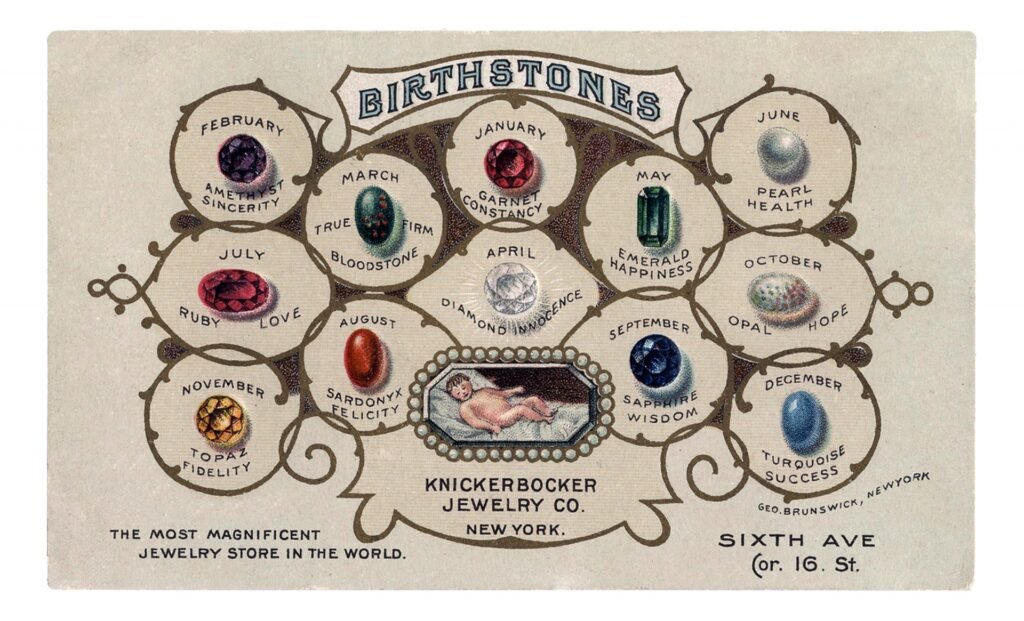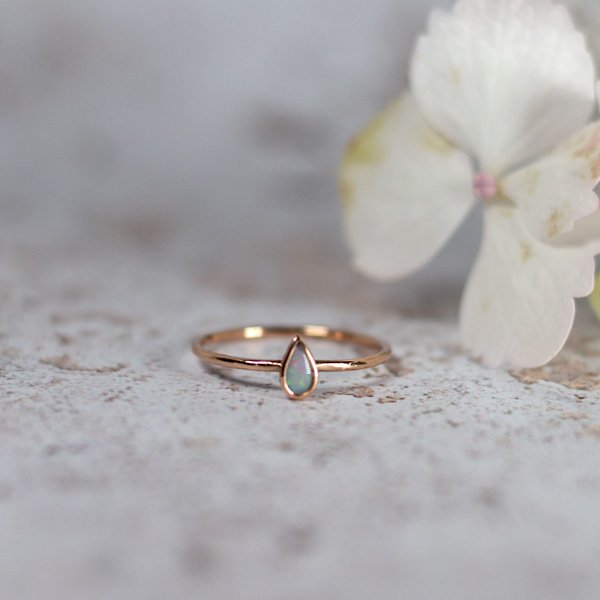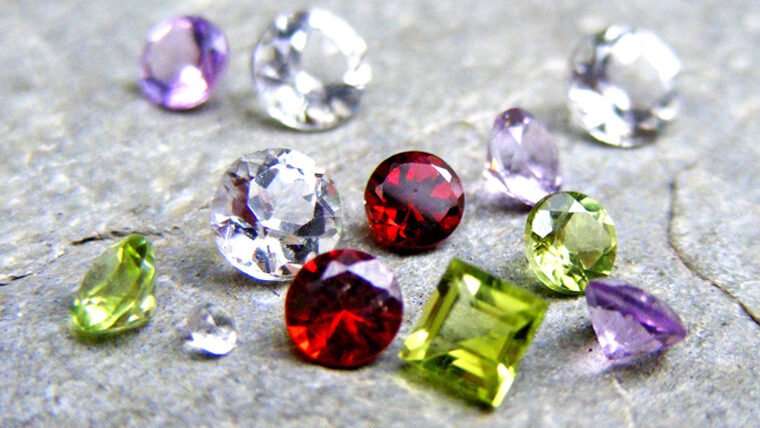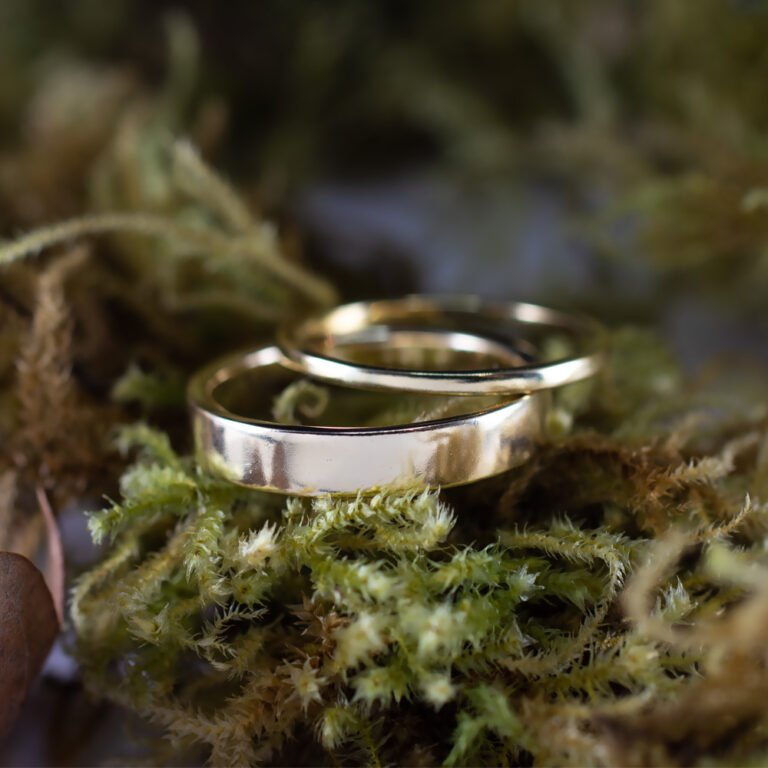The history and meaning behind birthstone jewellery
Often when buying gemstone jewellery (including from Phoenix Alchemy) you will see in the description that it is listed as the birthstone for a certain month. I love the mystical and magical connotations that wearing a particular stone will bring you luck and prosperity… it appeals to my inner elf! But I was having a conversation with someone the other day about where this tradition, and the idea of the ‘birthstones’ came from and I realised I hadn’t a clue! So I decided to take up a little research to find out about this interesting subject.
early Birthstone origins
The idea of linking particular gemstones with certain months of the year is one that goes back centuries. Originally it was thought to have been associated with Christianity and religion. The breastplate of Aaron, which was referred to in the book of exodus, was said to be a sacred breastplate worn by the High Priest of the Israelites. Worn over their holy vestments, it was used to communicate with god, and was set with 12 gemstones. Historically the number 12 had huge significance, from the 12 stones of the breastplate, to the 12 gemstones mentioned in revelation, to the signs of the zodiac, and months of the year. Stones began to begin to be assigned to particular months, with certain stones being named as ‘foundation stones’ of Christianity, and being assigned to represent different apostles. The original practice was to keep twelve stones and to wear one each month.
A clever jewellery marketing idea?
Numerous other traditions and myths about birthstone can also be found, although the wearing a single type of gemstone through the year that represents the month you were born in is a much more modern idea and has little to do with any of the historical or religious origins of the concept. It was really the Victorians that started to embrace the concept of birthstone jewellery as we know it today.
The famous jewellers Tiffany & Co first published this poem by an unknown author in a pamphlet in 1870
| By her who in this month (January) is born No gem save garnets should be worn; They will ensure her constancy, True friendship, and fidelity. The February-born shall find Sincerity and peace of mind, Freedom from passion and from care, If they an amethyst will wear. Who in this world of ours their eyes In March first open shall be wise, In days of peril firm and brave, And wear a bloodstone to their grave. She who from April dates her years, Diamonds shall wear, lest bitter tears For vain repentance flow; this stone, Emblem of innocence, is known. Who first beholds the light of day In spring’s sweet flowery month of May And wears an emerald all her life Shall be a loved and happy wife. Who comes with summer to this earth, And owes to June her hour of birth, With ring of agate on her hand Can health, wealth, and long life command. | The glowing ruby shall adorn, Those who in July are born; Then they’ll be exempt and free From love’s doubts and anxiety. Wear a sardonyx or for thee, No conjugal felicity; The August-born without this stone, `Tis said, must live unloved and lone. A maiden born when September leaves Are rustling in September’s breeze, A sapphire on her brow should bind `Twill cure diseases of the mind. October’s child is born for woe, And life’s vicissitudes must know, But lay an opal on her breast, And hope will lull those woes to rest. Who first comes to this world below With drear November’s fog and snow, Should prize the topaz’s amber hue, Emblem of friends and lovers true. If cold December gave you birth, The month of snow and ice and mirth, Place on your hand a turquoise blue; Success will bless whate’er you do. |

Modern birthstones traditions
Over the years there has been many different versions and variations on the idea of the birthstones. It all became a little confusing, so the American national association of jewellers decided to adopt an official list in 1912. Britain’s National Association of Goldsmiths soon followed suit and created their own standardized list of birthstones in 1937. With the exception of a few minor updates and additions, these lists are still the ones we mostly use today. The modern birthstones were essentially a bit of a marketing exercise by the jewellery associations as an attempt to sell more jewellery!
Despite the slightly commercial origins behind the modern idea of birthstone jewellery it’s still a lovely thought. I’m sure that anyone who receives a gift of a piece of jewellery featuring their birthstone will love it all the same.

What are the Birthstones for each month?
For those who are interested in finding out what their birthstone is you can see the British list below:
- January – garnet
- February – amethyst
- March – bloodstone, aquamarine
- April – diamond, rock crystal
- May – emerald, chrysoprase
- June – moonstone, pearl
- July – carnelian, sapphire
- August – peridot, sardonyx
- September – sapphire, lapis lazuli
- October – opal
- November – topaz, Citrine
- December – tanzanite, turquoise,



